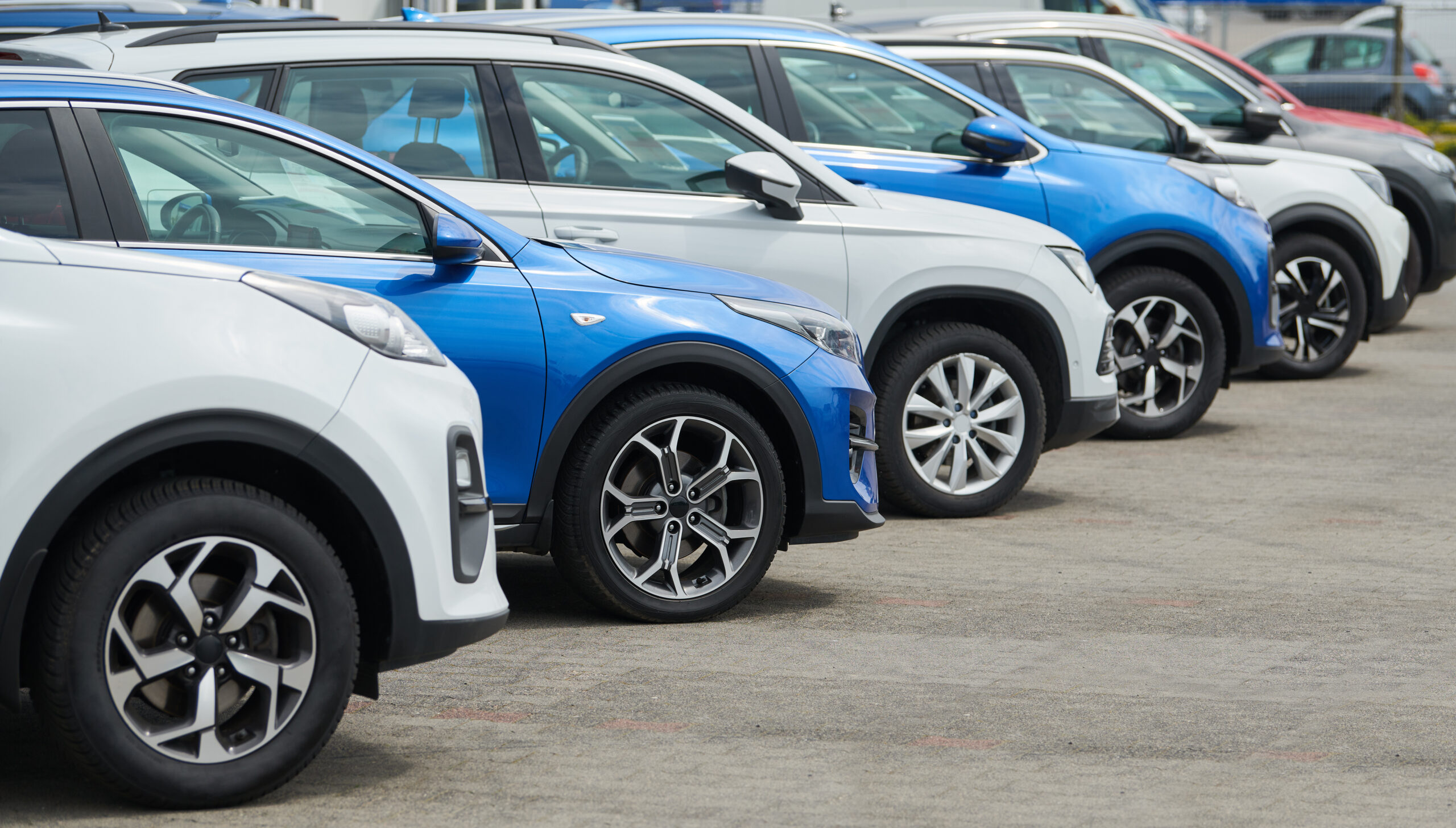
How to Extend Your Car Lease
Extending a car lease can be an attractive option if you’re happy with your current vehicle but need more time before committing to a new lease or purchase. This guide provides an in-depth look at how to extend your car lease, the options available, and the considerations to keep in mind.
Why Extend a Car Lease?
Extending a car lease can offer several benefits, particularly if you’re not ready to move on to a new vehicle or if you’re satisfied with your current one. Here are some common reasons why extending a lease might be the right choice for you:
- Avoiding the Hassle of Finding a New Car
If you’re content with your current vehicle and the lease is approaching its end, extending your lease can help you avoid the time-consuming process of shopping for and negotiating a new lease or purchase.
– Convenience: Extending your lease eliminates the need to search for a new car, complete paperwork, and potentially deal with trade-ins or sales negotiations.
– Familiarity: Staying with the same vehicle means you don’t have to adjust to a new car’s features or handling.
- Financial Flexibility
Extending your lease can provide financial flexibility if you’re not ready to commit to a new lease or purchase. It allows you to continue using the car at an agreed-upon rate.
– Budgeting: If you’re waiting for your financial situation to improve or for a better deal, extending the lease can help you manage your budget effectively.
– Cost Control: Lease extensions often involve continuing at the same monthly payment or adjusting it slightly, which can help you maintain predictable costs.
- Assessment of Future Needs
Extending your lease gives you additional time to evaluate your future needs and decide on the best vehicle for your lifestyle or business requirements.
– Life Changes: If you anticipate changes in your life, such as a new job, relocation, or family growth, extending your lease can provide the flexibility to reassess your vehicle needs.
– Market Conditions: Extending the lease can also allow you to wait for better market conditions or new models before committing to a new lease or purchase.
How to Extend Your Car Lease
- Contact Your Leasing Company
The first step in extending your car lease is to contact your leasing company or dealership to discuss your options. They will provide you with details about the extension process and any associated costs.
– Initial Inquiry: Reach out to your leasing company well before the end of your current lease to express your interest in extending it. This ensures that you have enough time to review options and negotiate terms.
– Documentation: Be prepared to provide your lease details and any relevant personal information to facilitate the extension process.
- Review Extension Terms
Leasing companies offer different extension options, so it’s important to understand the terms and conditions before making a decision.
– Extension Duration: Extensions can vary in length, from a few months to a year or more. Determine how long you need the extension and discuss it with your leasing company.
– Payment Adjustments: Find out if there will be any changes to your monthly payments or if additional fees will be incurred. Some leases might offer a reduced rate for an extension, while others may not.
- Evaluate Your Lease Terms
Carefully review the terms of your current lease agreement to ensure that extending the lease will not adversely affect your overall lease conditions.
– Mileage Limits: Check your lease agreement for mileage limits and any potential penalties for exceeding them. If you’ve exceeded your limit, discuss how this will be handled during the extension period.
– Wear and Tear: Evaluate the condition of your vehicle and any wear and tear that may need to be addressed. The leasing company may inspect the car before agreeing to an extension.
- Negotiate the Extension
Don’t hesitate to negotiate the terms of the lease extension to better suit your needs. This can include adjustments to the monthly payment, lease duration, or additional mileage.
– Payment Terms: If you’re happy with the current vehicle but need a lower monthly payment, negotiate with the leasing company to see if they can offer a better rate for the extension.
– Flexibility: Request flexibility in terms of mileage or vehicle maintenance if needed. This can help ensure that the extended lease meets your requirements.
- Sign the Extension Agreement
Once you’ve agreed on the terms, you’ll need to sign a new lease extension agreement. This document will outline the revised terms of your lease, including the new end date and any changes to the monthly payment.
– Review Carefully: Before signing, review the extension agreement carefully to ensure all terms are as agreed upon. Pay attention to any clauses related to the end of the lease and any additional costs.
– Documentation: Keep a copy of the signed agreement for your records. This will help you track the new lease terms and ensure you’re aware of the revised end date.
Considerations When Extending a Lease
- Future Vehicle Needs
Consider whether extending your current lease aligns with your long-term vehicle needs. If you anticipate significant changes in your lifestyle or business, an extension may not always be the best option.
– Planning Ahead: Think about how extending the lease fits into your overall plans and whether it might be better to explore new leasing or purchasing options.
– Vehicle Suitability: Assess whether your current vehicle will continue to meet your needs throughout the extension period.
- Impact on New Lease or Purchase
Extending your lease can affect your ability to enter into a new lease or purchase a vehicle in the future.
– Credit Considerations: Some leasing companies may take the extension into account when evaluating your creditworthiness for a new lease or purchase.
– Market Trends: By extending your lease, you might miss out on new models or technological advancements that become available in the future.
- Lease End Process
Understand the process and requirements for ending the lease once the extension period concludes.
– Inspection and Return: Be aware of any procedures for vehicle inspection and return at the end of the extended lease. Ensure that you meet all conditions to avoid additional charges.
– Transition to New Lease: If you plan to lease a new vehicle after the extension, start the process early to avoid any gaps or complications.
Explore Flexible Lease Extension Options
If you’re considering extending your car lease, visit our site to explore our flexible lease extension options. We offer a range of solutions designed to accommodate your needs and provide additional time with your current vehicle.
Conclusion
Extending your car lease can provide valuable benefits, including avoiding the hassle of finding a new vehicle, financial flexibility, and additional time to assess your future needs. By understanding the extension process, reviewing your lease terms, and negotiating effectively, you can make an informed decision that aligns with your circumstances. Explore our flexible lease extension options to find a solution that works for you and continue enjoying the convenience and satisfaction of your current vehicle.









